
A tribute to artist Gieve Patel who passed away in 2023. The show features a selection of works by artists Aditi Singh, Anju Dodiya, Atul Dodiya, Areez Katki, Biraaj Dodiya, Gulammohammed Sheikh, Jitish Kallat, Mahesh Baliga, Nilima Sheikh, Ranbir Kaleka, Ratheesh T., Sudhir Patwardhan and Sujith S.N
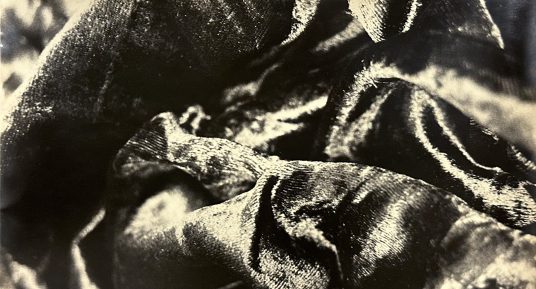
With over a hundred works, of which eighty have never been shown, this exhibition offers the first presentation of Malani’s formative works from the 1960s and 1970s.
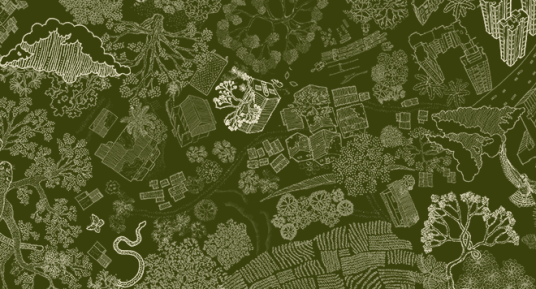
In collaboration with Kamla Raheja Vidyanidhi Institute for Architecture and Environmental Studies and Pani Haq Samiti
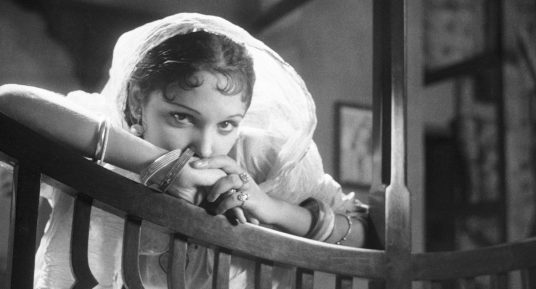
This exhibition pays a tribute to Josef Wirsching & the Bombay Talkies through an array of original print archives and objects.
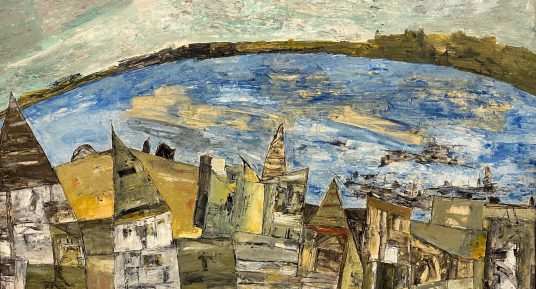
links artworks by artists who have explored conceptions of home and the world from pre-independence to the 2000s.
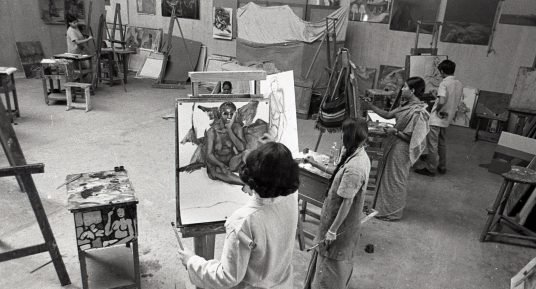
Exhibition of women artists from the Faculty of Fine Arts, M.S University, Vadodara
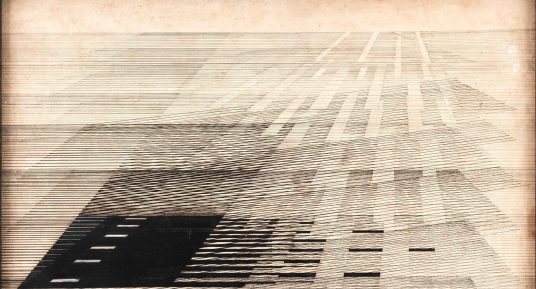
The first major exhibition in Mumbai of Nasreen Mohamedi’s works in 32 years, since her retrospective in 1991 a year after she passed away
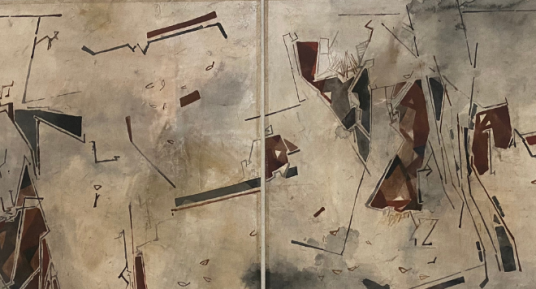
In collaboration with Kiran Nadar Museum of Art and Chhatrapati Shivaji Maharaj Vastu Sangrahalaya
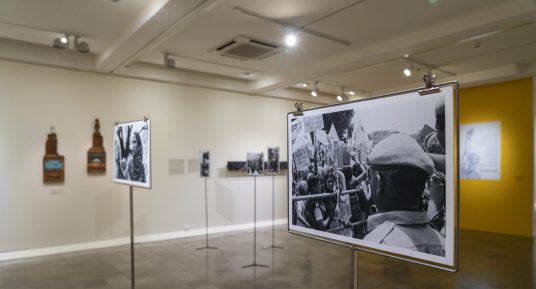
features five generations of 27 women artists who have engaged with postcolonial India’s raging political and cultural problems, curated by Nancy Adajania
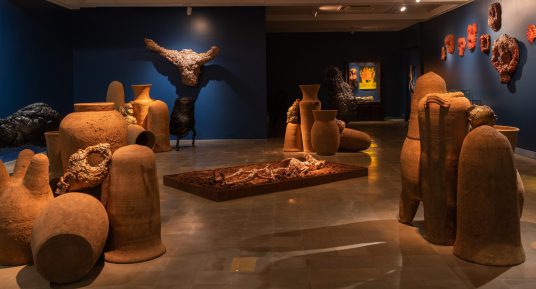
The exhibition brings together an extensive body of Sahej Rahal’s work that resonates with the underpinnings of the Museum in telling stories of civilisations.
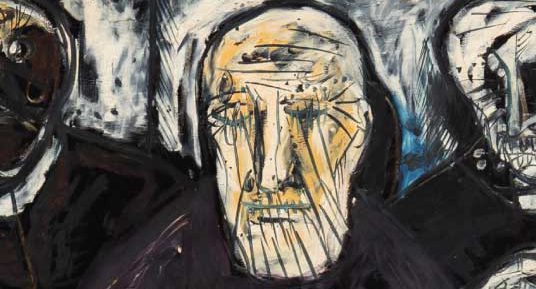
The exhibition looks at the fraught relationship that Souza negotiated between dogma and dissent, organised religion and eccentric spirituality. This relationship is explored across a field of exhibits, including a selection of Souza’s works from the Jehangir Nicholson Collection, a set of his ‘chemical works’ on loan from the Pundole Art Gallery Collection, and an ensemble of Indo-Lusitanian sacred images from the CSMVS.
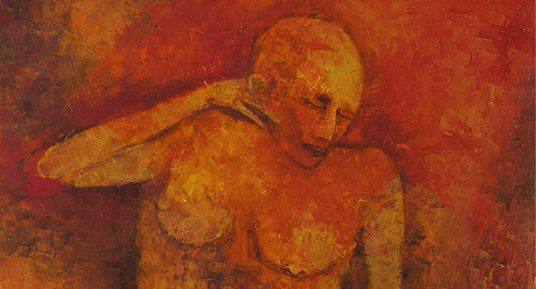
Akbar Padamsee, Works in the Jehangir Nicholson Collection, presents 22 works by the artist that Nicholson put together over 30 years of collecting.
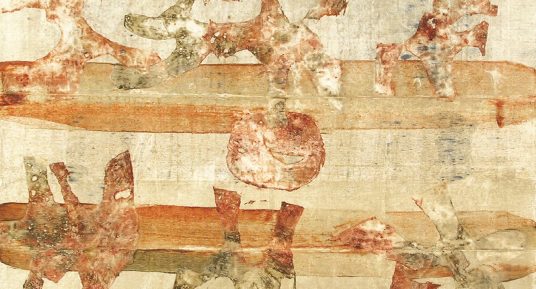
The exhibition brings together for the first time, works from iconic collections in the city that were put together beginning from the early 1950s.
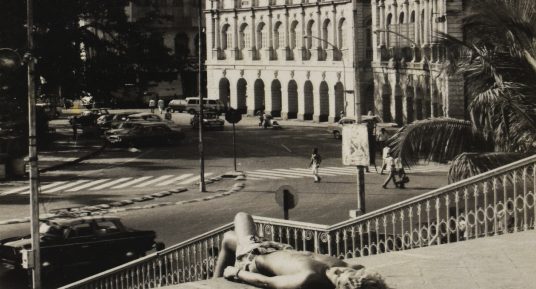
This exhibition celebrates the generous gift by the estate of Foy Nissen, of the complete range of his photographic work to the Jehangir Nicholson Art Foundation. The show represents over fifty years of work by a lensmen who combined a keen sensibility with a quiet discipline.
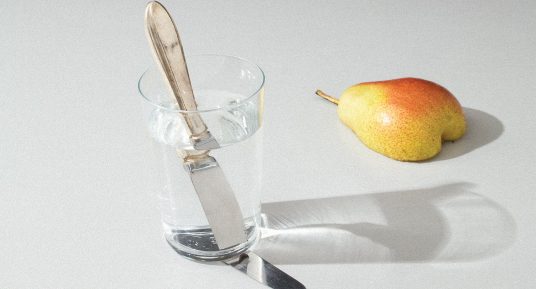
Still/Life, an exhibition of contemporary Dutch photography that draws its inspiration from the theme of still life practiced by the Dutch masters of the 16th and 17th century. This group exhibition with the art historical theme ‘still life’, a collection of unanimated objects, presents various forms of contemporary still life.
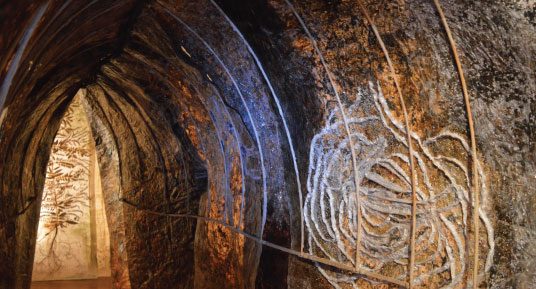
Jayashree Chakravarty’s art practice has addressed the exigent situation of shrinking natural habitat and water bodies in ever-expanding Indian cities. Working with organic material – medicinal seeds, roots, dry leaves, sap, dry flowers, nature is both the subject and substance of her art.
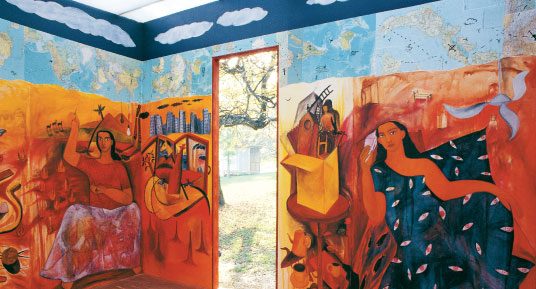
Songs From the Blood of the Weary was created by artist Rekha Rodwittiya as part of an exhibition commemorating the 50th anniversary of the United Nations at Geneva in 1995. Twelve additional works from the collection of Sakshi Gallery provide us an understanding of the artist’s journey and the issues that are central to her work.
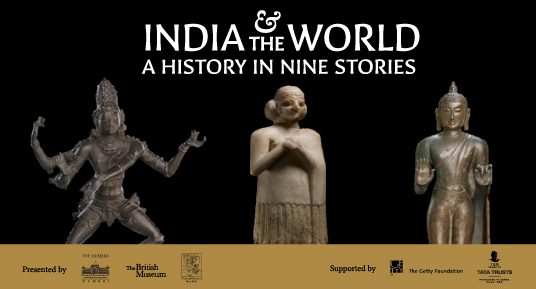
The exhibition showcases 228 important works of art from the Indian subcontinent and British Museum in dialogue with each other, highlighting the strong connection India has shared historically with the rest of the world.
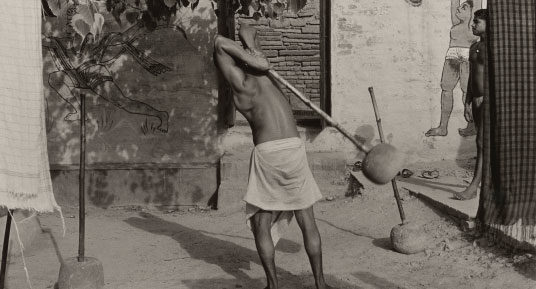
This exhibition showcased works by William Gedney, who was one of the key figures of American black and white street photography. This show exclusively focused on Gedney’s India series.
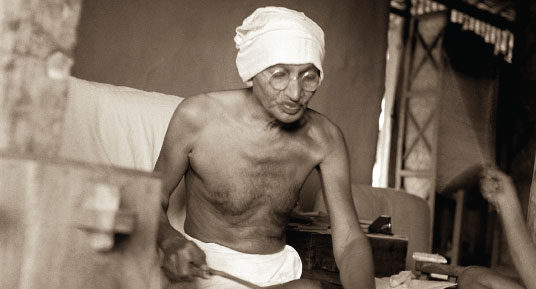
Drawn from a long forgotten archive, these images from Nazar Photography Monographs 03, Kanu’s Gandhi, reveal rare and intimate moments of the last ten years of the Mahatma’s life photographed by his grand-nephew Kanu Gandhi.
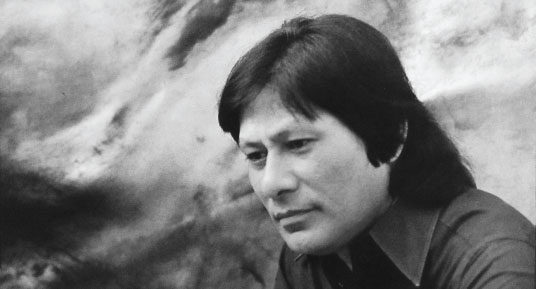
The Infinite Project is a viewing platform, from which to survey the various phases of the journey that Shreshtha has made since his student years at the Sir J. J. School of Art, Bombay; the École Nationale Supérieure des Beaux Arts, the Academie de la Grande Chaumiere, and S W Hayter’s Atelier 17, Paris; the Central School of Art, London; and his first exhibition, held at the Taj Art Gallery in 1963.

The exhibition traced the journeys of eight artists whose work Jehangir Nicholson admired and pursued and whose practices have undergone significant changes over the years.: Anju Dodiya, Atul Dodiya, Baiju Parthan, Nalini Malani, Sudhir Patwardhan, Sunil Gawde, Vivan Sundaram and Zarina Hashmi.
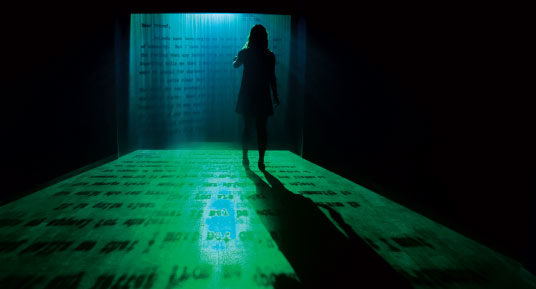
Covering Letter is a piece of historical correspondence beamed onto a curtain of traversable dry-fog; a brief letter written by M. K. Gandhi to Adolf Hitler in 1939 urging him to reconsider his violent means.
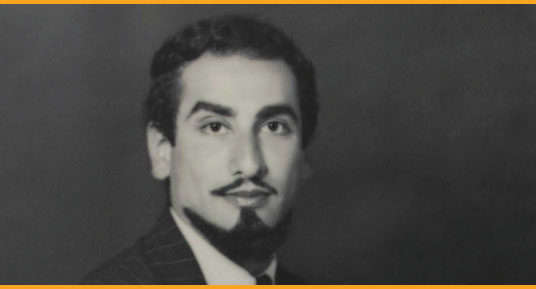
The Jehangir Sabavala Bequest was Mrs Shirin Sabavala’s generous gift, to the CSMVS, of the celebrated artist’s last paintings. This exhibition dramatised the intimate relationship between the studio, the academy and the gallery in Jehangir Sabavala’s career.
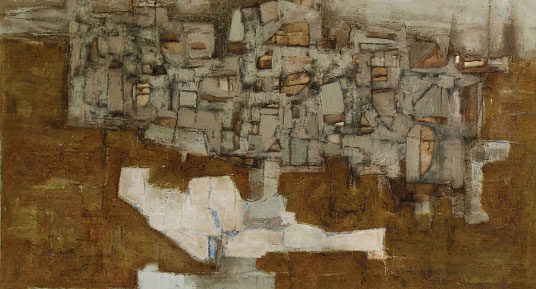
This exhibition was a retrospective of one of India’s most respected abstractionists – Ram Kumar, who was greatly admired by Jehangir Nicholson. This show traced the various stages of his development as an artist.
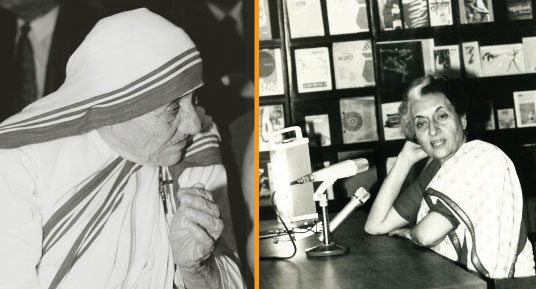
This exhibition celebrated the constant crossover that Jehangir Nicholson made between art collector and photographer till both interests became co-existent in the same space.
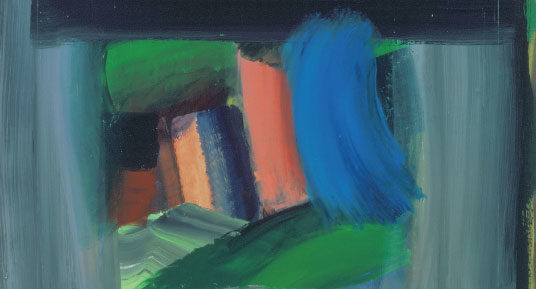
This exhibition showcases one of Britain’s most celebrated artists, Howard Hodgkin’s deep connection with India, and how it played an important role in his work.
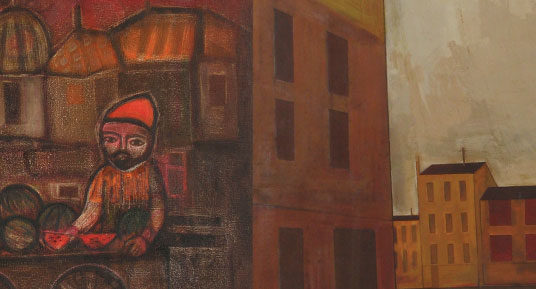
This exhibition celebrated the contribution of 3 pioneers: Kekoo Gandhy of Gallery Chemould, Kali Pundole of Pundole Art Gallery and collector Jehangir Nicholson to present a slice of Mumbai’s art history between the 1960’s and 80’s.
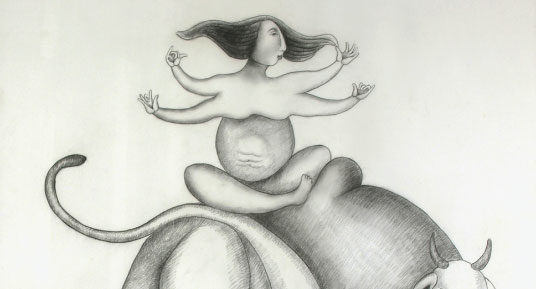
This exhibition was an attempt to return to the drawing board. It turned the spotlight once again on Drawing, which has been recognized as the “basis of every pictorial experience”.
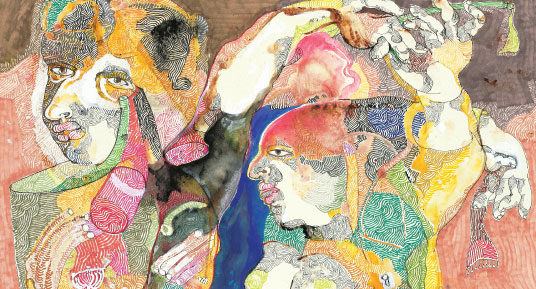
This exhibition showcased works by Mohan Samant – a prolific artist, who experimented with style, technique, colour and material.
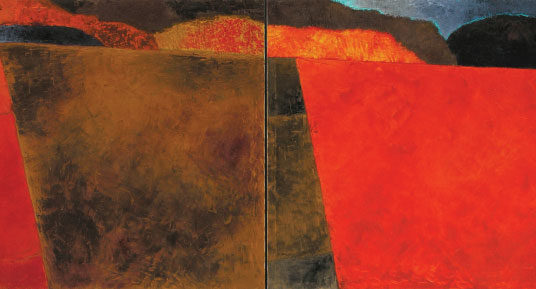
This exhibition presented an unorthodox account of the several strands that tell the story of abstraction in India.
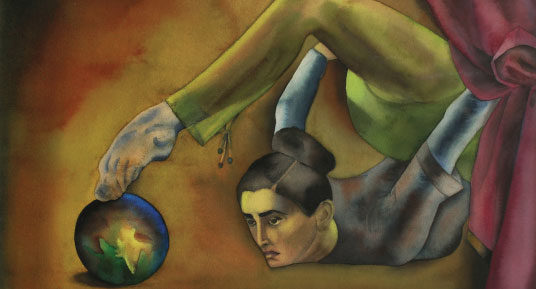
Voicing a Presence turned the spotlight on women artists and featured over 50 works in the collection created by them.
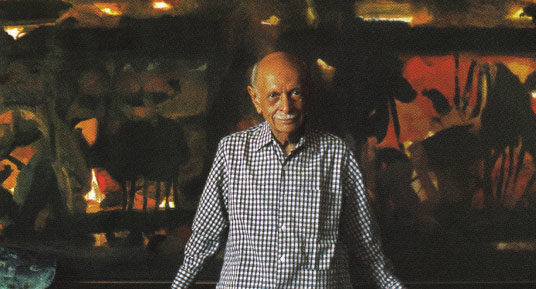
The inaugural exhibition of the JNAF, highlighted iconic works produced by some of Mumbai’s best known artists.